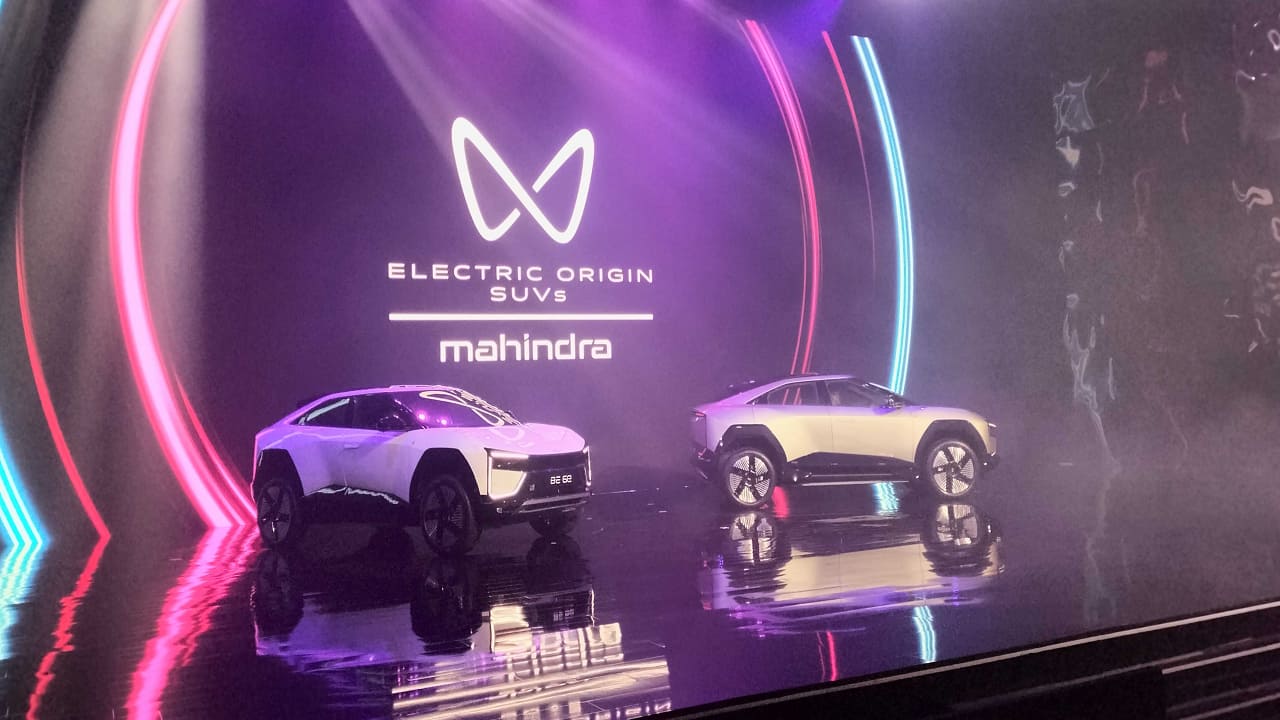 |
|
The ongoing legal tussle between IndiGo, India's leading airline, and Mahindra & Mahindra, a prominent automotive manufacturer, highlights a complex issue of trademark infringement and brand protection. At the heart of the dispute lies the use of the alphanumeric designation '6E'. IndiGo holds registered trademarks for '6E' across various classes related to aviation services, advertising, and transportation. Mahindra, having recently launched electric vehicle brands 'BE 6e' and 'XEV 9e', finds itself embroiled in a legal battle over the apparent similarity of its 'BE 6e' branding with IndiGo's established '6E'. The core contention revolves around whether the similarity between the two marks is 'deceptively similar' as defined by Section 2(h) of the Trade Marks Act, 1999. This section stipulates that a mark is deceptively similar if it closely resembles another mark, causing likely deception or confusion among consumers.
Mahindra argues that despite the visual similarity, the difference in product classes – aviation services versus motor vehicles – mitigates the risk of consumer confusion. They emphasize that 'BE 6e' is not simply '6E', and the addition of 'BE' creates a distinct brand identity. Furthermore, Mahindra points to the established reputation of both brands as minimizing the likelihood of any confusion in the marketplace. They assert that consumers will readily distinguish between an airline and an automobile manufacturer. IndiGo, however, counters this argument by claiming that the similarity in the marks could still lead to brand dilution and consumer confusion, potentially harming their brand reputation. Even with distinct product categories, the similarity in the '6E' element might mislead some consumers into believing an association exists between the two brands, especially considering IndiGo's substantial brand recognition in India.
The legal arguments extend beyond the simple assessment of deceptive similarity. Both parties' arguments draw on various sub-sections of Section 29 of the Trade Marks Act, 1999. IndiGo can potentially invoke sub-section 4(c) by demonstrating that their '6E' mark holds significant reputation in India. This argument would center around the brand recognition and consumer association with IndiGo's affordable air travel services. If successful, this could be construed as Mahindra taking unfair advantage of IndiGo's reputation, even without direct market overlap. Conversely, Mahindra can counter that the difference in industries negates any claim of unfair advantage. Sub-section 5 may also be applicable, considering Mahindra's use of '6E' as part of its business and trading name for its electric vehicles. Sub-sections 6, 8, and 9 introduce further layers of complexity, highlighting advertising practices, brand reputation, and the potential for intentional imitation of a distinctive element of IndiGo's trademark.
Beyond the purview of trademark law, IndiGo could pursue a claim of passing off. This common law remedy protects brands from misrepresentation that leads consumers to believe another party's goods or services are theirs. To succeed in a passing off claim, IndiGo must establish significant goodwill, demonstrate misrepresentation by Mahindra, and show resulting damage to their brand reputation. The case of ITC Ltd. v. Central Park Estates Private Ltd. (2022) provides a relevant precedent. This case underscores the importance of well-known marks in Indian law, emphasizing the potential for infringement even with variations in branding. IndiGo, controlling a significant share of India's domestic aviation market and with extensive use of '6E' across its branding, has a strong case to argue that '6E' is essentially synonymous with their brand identity. The contrasting arguments presented by both parties—Mahindra focusing on the distinction between product classes and the addition of 'BE', and IndiGo emphasizing the high brand recognition of '6E'—highlight the intricacies of this legal dispute. This makes a quick resolution unlikely, and some form of settlement between the two parties remains a possibility.
The outcome of this case will set a significant precedent for future trademark disputes in India. It raises crucial questions regarding the extent of trademark protection, the interpretation of 'deceptive similarity', and the balance between brand protection and the freedom to use similar elements in distinct market segments. The court's decision will influence how businesses approach branding and trademarking in a competitive marketplace, particularly concerning the use of numerical or alphanumeric designations within branding strategies. Ultimately, the judicial interpretation will provide clarity on the limits of trademark protection in scenarios with both similarities and distinctions between competing brands across different sectors, affecting business practices and decision-making in various industries across India.
Source: IndiGo-Mahindra 'battle' for 6E explained: A look at existing laws applicable to current dispute
